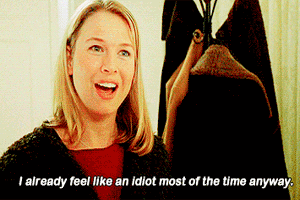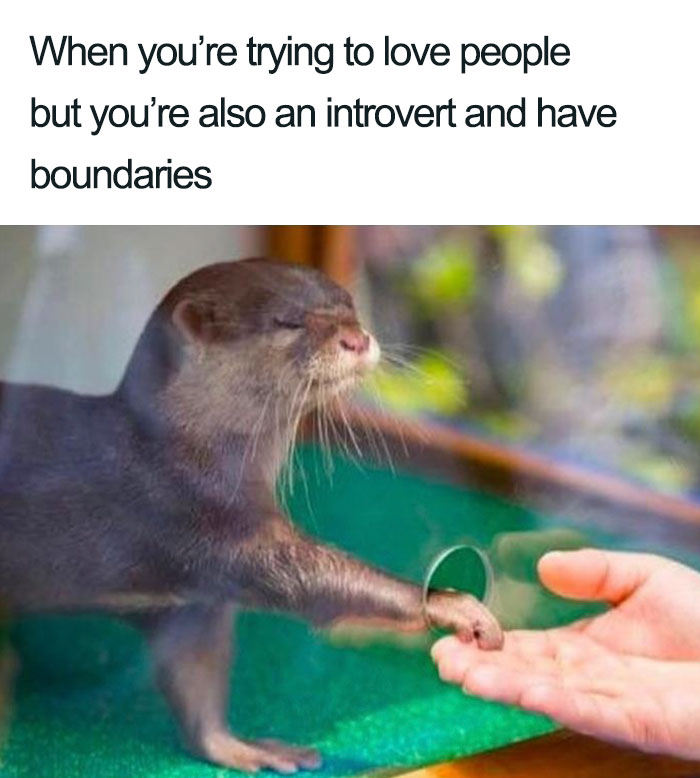Now I am half way through my first semester of final year, the pressure to begin looking for post-graduate jobs has set in. The thought of going back through the job-hunting process- applying for jobs, updating CVs, new cover letters and the dreaded interviews for each role has consumed me since August.
I began scouring every recruitment website I could find, watching out for what employers were looking for in terms of skills and experience in the P.R industry and researching what job roles generally entailed, when I stumbled upon an article about opinions surrounding public relations and confusion around what the role of the industry actually is.
The article was about a theory called ‘The Samantha Syndrome’– a theory coined by Dr. Jane Johnston and named after the infamous character Samantha Jones from the book and television series ‘Sex and The City’ which refers to the way Public Relations professionals are depicted on screen and how young intellectuals at secondary school and university level are taking an interest in the public relations industry because they believe it involves endless parties, rubbing shoulders with celebrities and travelling to exotic locations- a clouded and incorrect version of what P.R actually entails.
Dr. Johnston also looks at how women are portrayed on screen, for example Samantha in Sex and The City, or Bridget from Bridget Jones’s Diary as young, attractive, middle class women but most importantly, both are portrayed as single, albeit not for the same reasons but nonetheless, both women cannot seem to have a successful career and healthy relationship at once.
Sex and The City go as far as to introduce Samantha as ‘Public Relations Executive, Unmarried Woman’, further reiterating the illusion that successful women and single life go hand in hand and reinforcing the existing negative stereotype in society that women who focus more on their careers than a traditional family life are seen as outlandish or as having their priorities wrong. Why can’t they do both?

And of course Bridget from Bridget Jones’s Diary, who despite working in a public relations role, is known less for having a knack at public relations but predominantly as being objectified by her boss. The film portrays an out of date version of what P.R is and belittles the work Bridget does, summed up by Bridget’s love interest and boss Daniel Cleaver as “fanny-ing about with press releases.”
And in case you’re stuck in 2001 when Bridget Jones’s Diary was released, public relations is a lot more than writing press releases: according to the CIPR, it’s about “managing reputation with the aim of earning understanding and support and influencing opinion and behaviour” whilst building relationships with clients, the media and the public.

This article got me thinking about all the misconceptions surrounding public relations which hopefully I can dispel for you! Starting with…
- Public Relations is an industry for women:
This is one of the most common misconceptions of public relations I have encountered since beginning my studies- most responses when I explain what I study at university are along the lines of, “that’s a course for girls.” When did this become the case?

While public relations is a field dominated by women, with statistics stating 60% of women versus 40% of men work in P.R, more men are now deciding to study P.R and are appointed to top tier positions in organisations and agencies and Edward Bernays, one of the people responsible for developing professional P.R and dubbed the ‘father of public relations’ was male- setting example for all of the future men to come in public relations!
- Public Relations is the same as Advertising:
While public relations and advertising have some similarities such as how both enable communication with target audiences and both are used to positively portray an organisation to the public, the difference between the two is that advertising is paid for and a direct message is sent through the advert whereas public relations results are gained by providing the media with information and press releases which are then reported to the public and finally, public relations is reputation based, while advertising is used to encourage sales for an organisation.
- Public Relations is non-stop parties and events:
While some areas of public relations involve planning events, for example launch events for new products or a new business, public relations is more than just partying 24/7. There are many other aspects to P.R as well as events, such as lobbying, social media, crisis management and public affairs to name a few- something in the industry for everyone!
- To work in Public Relations, you must be a ‘people person’:
This misconception stood out most to me as it’s one I can identify with; being an introverted person, I worried there would be no room in public relations for quieter personalities however this couldn’t be further from the truth. Being a people person, while a great quality to have makes up only a small part of P.R- skills such as good communication, organisation, planning, time keeping and creativity are all vital in public relations so a variety of introverts and extroverts would make the perfect team. Introverts are also known for being observant and picking up on nonverbal communication such as body language cues which make up over 70% of overall communication- not something you can afford to miss in public relations!

- Public Relations versus Propaganda:
There is a sense of confusion surrounding public relations on whether or not it is propaganda because of the similarities both share: both use the media to get their points across and both are targeted at specific people, however the key difference to remember is that propaganda uses biased opinions and misinformation in their messages while public relations report logical information based on facts which can usually be checked out to ensure this.
Eimear McGrane is a final year BSc in Communication Management & Public Relations student at Ulster University. She can be found at:
Twitter: @eimearnigraine and LinkedIn: https://uk.linkedin.com/in/eimear-mcgrane-54a46a156